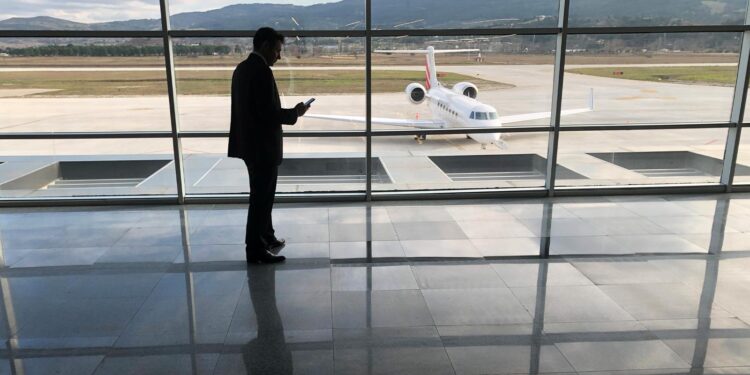International Holiday Periods and Business Aviation Trip Planning

Holiday periods are an important consideration in planning any general aviation flight. While some holidays are familiar to much of the international community – including Christmas, the Lunar New Year, Ramadan, and Thanksgiving – some are less known. India, for example, has numerous national holidays each year, and they have the potential to impact trip planning. There are many holidays of which you’ll likely not be aware unless you’re in close contact with your 3rd-party provider or local ground handler.
The following is an overview of holiday periods around the world that you should be aware of:
1. Major holiday considerations
Christmas is observed in much of the west and even in parts of India and Asia. Large percentages of the local population often celebrate this holiday. The New Year (January 1) is also observed in many countries and can create challenges in terms of aircraft parking and hotel availability. Thanksgiving in the U.S. – the 4th Thursday in November – routinely causes airport and aircraft parking congestion at both larger and smaller airfields. Between Christmas and New Year, the Caribbean region, for example, becomes extremely busy as well.
2. Major holidays in the East
Lunar New Year (also known as Chinese New Year) has a huge impact in terms of congestion and sold-out hotels/services throughout much of Asia. This holiday is based on the lunar calendar and occurs each year between late January and early February. Keep in mind that airports and ground services are highly congested for at least three days on either side of the Lunar New Year. Additionally, ground transportation and hotels are very difficult to book on short notice during these periods. It’s best to book these hotels at least three months in advance.
The three largest annual public holidays in India are Gandhi Jayanti, Independence Day, and Republic Day. Almost everything – including government offices –shuts down during these periods. Hotels and local transport can be difficult to arrange, and two-to-three weeks’ notice is recommended when requesting overflight and landing permits in India during this holiday period.
3. Ramadan in the Middle East
The annual Muslim Ramadan holiday is based on the movement of the moon and occurs, in 2014, July 1-30. It lasts 29-30 days, and fasting during daylight hours is obligatory for adult Muslims. Because fasting is a component of this holiday, in-flight catering may not be available or may be limited during daylight hours at many locations throughout the Middle East.
4. Latin holidays
Carnival in Rio de Janeiro and other locations in Brazil occurs approximately 45 days before Easter and causes added congestion at already busy Brazilian airports. For travel to Rio de Janeiro and Sao Paulo during this period, plan on one to two weeks’ lead time for permit requests, and book hotel accommodations at least three months in advance.
The San Fermin holiday in Spain (also known as the “Running of the Bulls”) takes place July 6-14 each year. If you plan to attend this event, it’s best to book hotels two to three months in advance and arrange aircraft services two to three weeks ahead of your estimated time of arrival. Recommended airports for San Fermin include Logrono (LERJ), San Sebastian (LESO), and Bilbao (LEBB).
5. General holiday considerations
When traveling to busy destinations during major holidays, be mindful that aircraft parking may be difficult to secure, permits may require more lead time, there may be hotel and local transport shortages, ground handlers may be in short supply, and aviation fuel shortages could be a possibility. At some destinations during major holiday periods, airport congestion will be a factor. At other locations, airport services may be more difficult to obtain.
6. Give yourself plenty of planning lead time
When operating to busy holiday destinations, it’s always best to confirm hotel accommodations at least two to three months out. Short-notice requests may be possible in terms of permits and aircraft parking, but you may encounter a lack of hotel availability. Determine what the major issues are likely to be at your destination airport and consider contingency plans. It’s also a good idea to research cultural norms at your destination.
7. Resources that can help
To alleviate the burden of keeping track of all the different holidays and events throughout the world, we have compiled this Business aviation planning calendar to provide guidance on when you should begin operations and hotel planning for major worldwide events.
Conclusion
When you operate to a busy holiday destination, the more time you allow for advance trip planning, the better. There is no shortage of holidays around the world, and they each have the potential to impact your trip. Best practice is to check at least once a year with your company and primary passengers on upcoming travel intentions during holiday periods.
Questions?
If you have any questions about this article, or if you would like assistance with planning your next trip, contact me at craigdillon@univ-wea.com.




